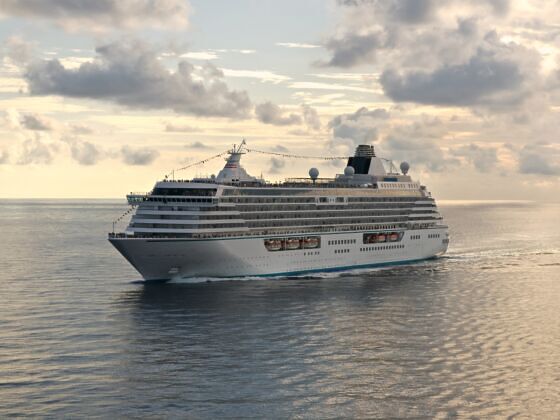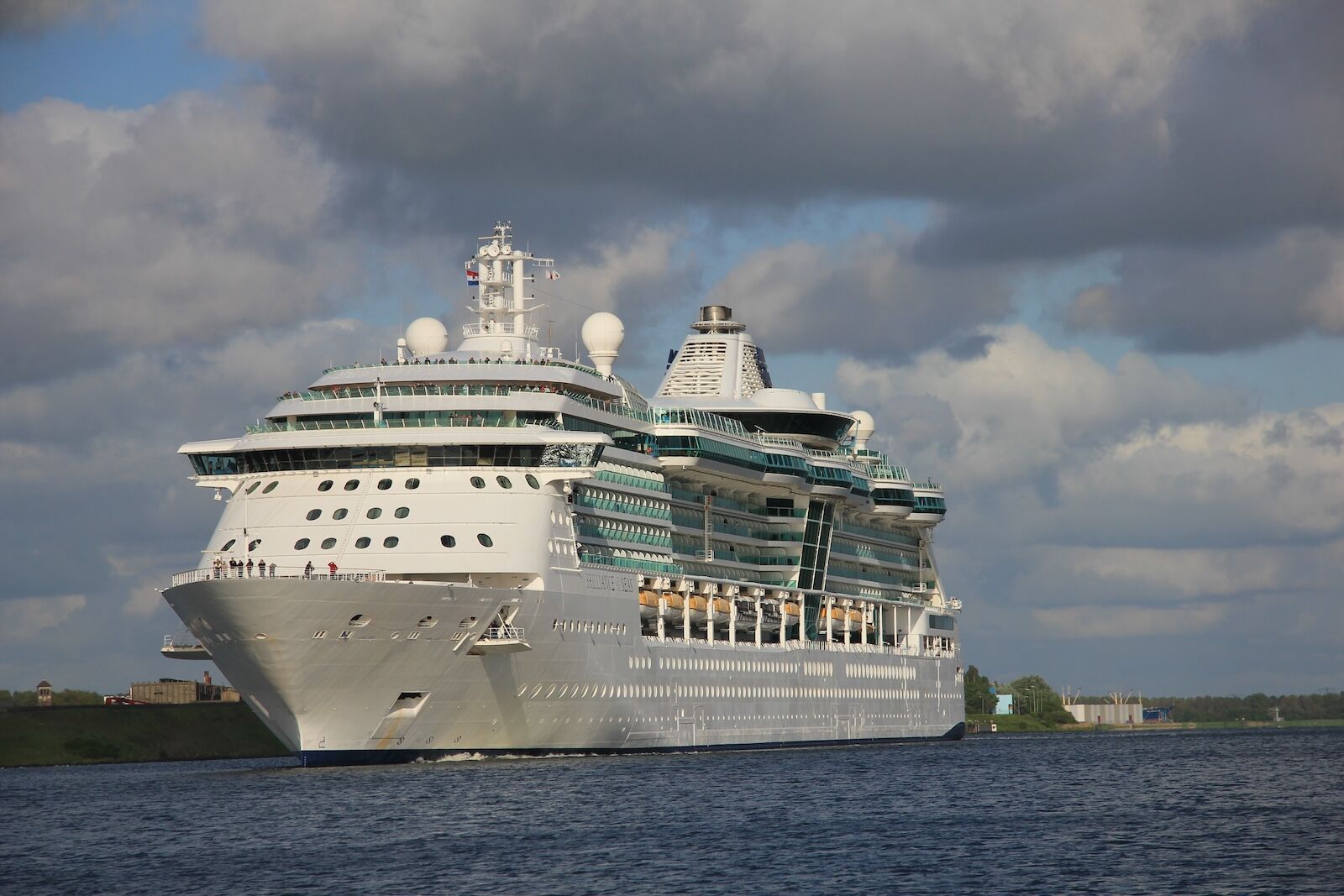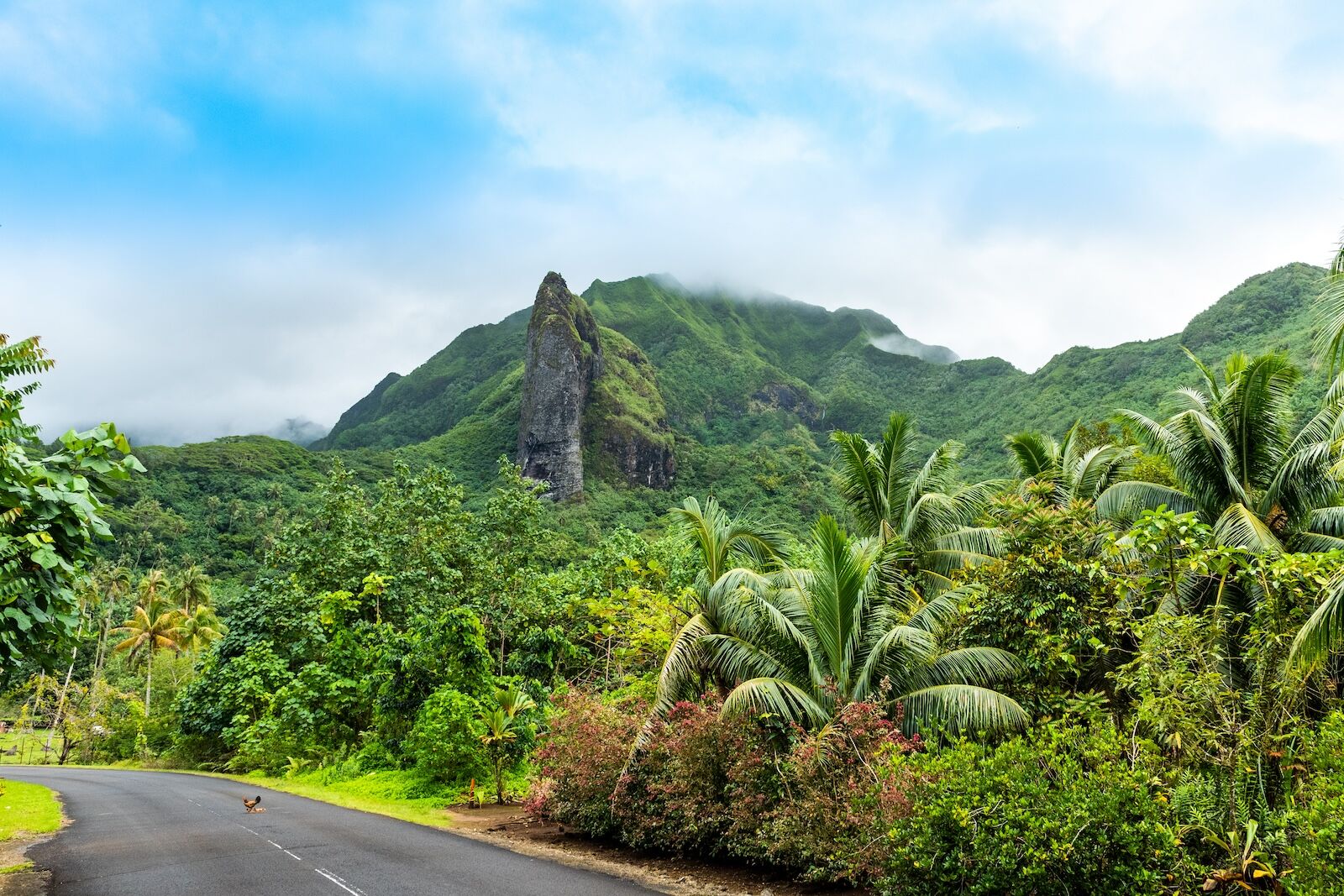In cruising parlance, “repositioning cruise” is a fancy way of saying that the ship only goes one way. It leaves from Port A and goes only one direction and drops off its passengers when it arrives, instead of circling back to the departure point for a round-trip.
The idea of taking a cruise has always intrigued my wife, Kat, and I, who have been full time travelers since leaving the United States in 2019. We had toured Europe and taken a four-month motorcycle road trip from Türkiye to Greece. Neither of us, however, had ever been on a cruise outside of the three day “booze cruises” that were offered near my former Southern California home city. Over the course of our five years on the road, we have been to 41 countries and have been intrigued by the repositioning option for much of that time.




